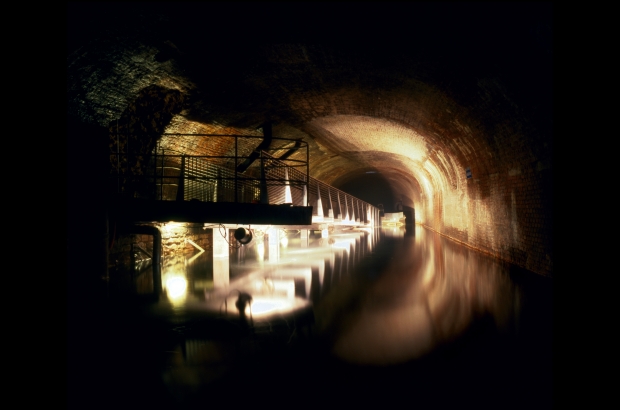- Daily & Weekly newsletters
- Buy & download The Bulletin
- Comment on our articles
Going underground: Keep cool by exploring the hidden world below Belgium’s surface
The Coudenberg was a small hill in uptown Brussels from the 11th to the late 18th century until it became home to one of the greatest palaces in Europe. Coudenberg Palace, Charles V’s main residence, burned down in 1731 and its ruins were built over in the 1770s, only to be uncovered over the past 30 years. The archaeological site immerses you in history from floor to ceiling. Holes along the walls of the cellars under the main building, which were once at ground level, give you an idea of how deep the palace has been buried. The basements show the scale of the grand ceremonial room, which no longer remains. Even more impressive is Rue Isabelle, an entire street that was vaulted over in the 18th century and converted into cellars. It’s hard to imagine what’s buried here when you’re outside, passing through today’s Place Royale, but it’s worth finding out. The Coudenberg hosts exhibitions and family activities in English, Dutch and French.

The latest show is Curiosa: Charles V, Dürer and the Treasure of the Aztecs. As these treasures no longer exist, it places other historical and scientific objects in the underground ruins, painting a picture of how odd and wondrous they must have seemed to Westerners who had no clue as to their use or meaning. Contemporary artist Sabrina Montiel-Soto has added installations that examine the meaning of curiosities throughout the ages.
Limburg mines
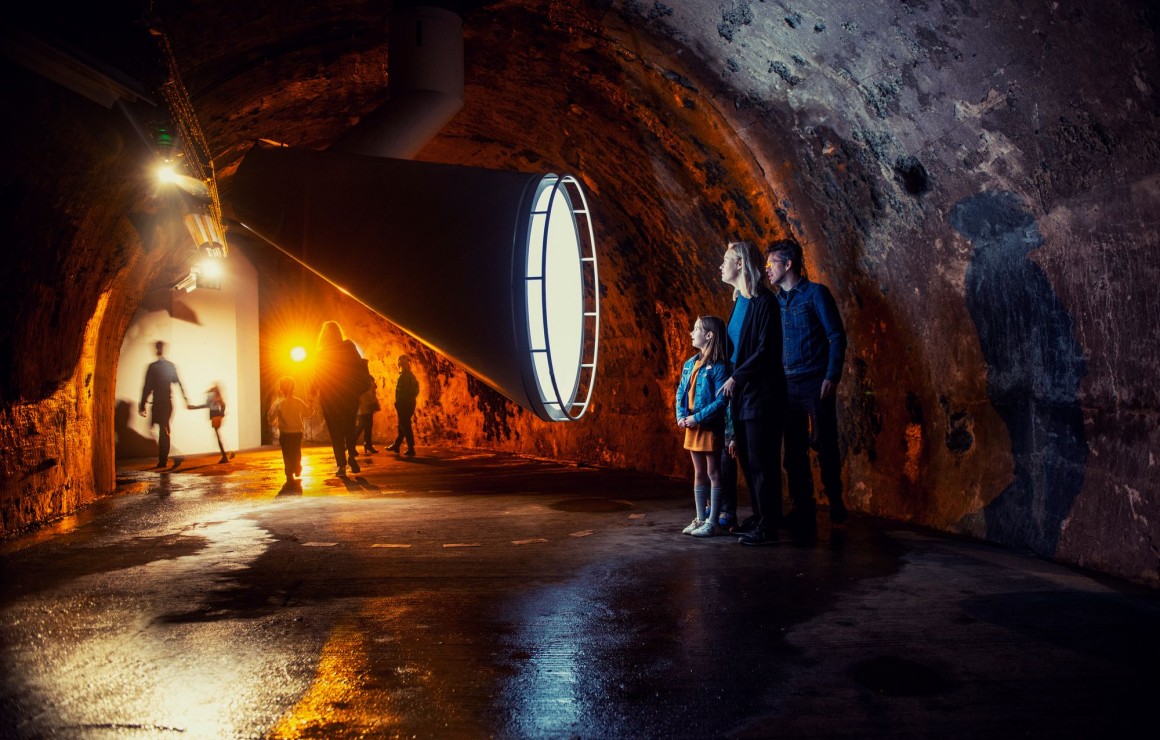
There are a number of mines throughout Limburg, each with their own character. Expeditions through C-Mine in Genk (pictured above) take you through an impressive ventilation passage and ancient tunnels, all the way up to the top of Belgium’s tallest tower shaft for a magnificent view of Limburg from 60m up. Along the way, simulations, museum installations and comments from the tour guide give you a taste of how miners lived, turning the trip into a well-rounded experience. More underground quarries than mines, the limestone walls and ceilings of the Kanne caves in Riemst are beautifully carved. The limestone in these caves was deposited roughly 70 million years ago, at the bottom of a shallow subtropical sea. Today, murals of prehistoric animals (which make up the limestone) can be seen carved into the stone at Kanne museum. It’s also possible to book a taster’s tour, experiencing grottenbier (cave beer), cave mushrooms and grottenkaas (cave cheese). Though the Beringen mines themselves were closed in 2014, the Beringen Mine Museum is still open, and includes a simulation of the underground mines. The museum, renovated by be-Mine in 2012, also has a game for families with children (in Dutch only). It's also now a major sporting hub with VTT, walking, climbing wall and even an indoor dive site filled with tropical fish (TODI).
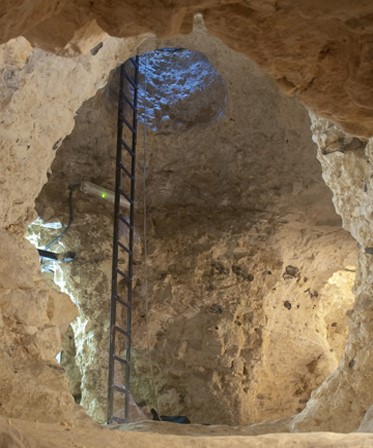
Delve deep into Belgium’s mining history at the Spiennes flint mines just outside Mons. Dating back over 6,000 years, they were recognised by Unesco in 2000 as “the largest and earliest concentration of ancient mines in Europe”. It’s here that prehistoric populations developed a technique called striking to extract large blocks of flint up to 2m long. Visitors can take educational walks outside, a tour of the new exhibition space with all its latest unearthed treasures on display and a trip 10m down into one of the Neolithic mines. Adaptations have also been made for visually impaired people. The site offers free access on the first Sunday of the month.
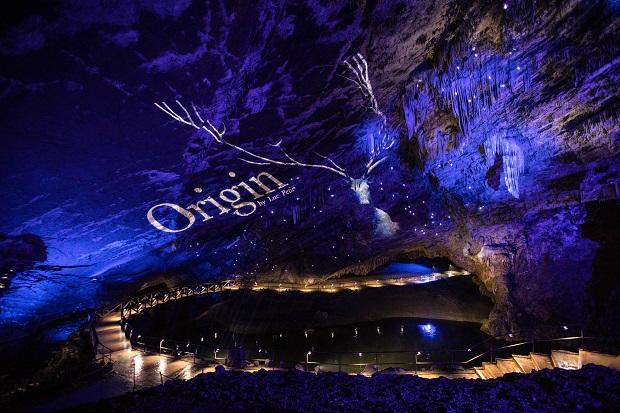
It takes a 4km trip on a 100-year old tram to reach the entrance of the Han caves in Rochefort, Namur province. The ‘magic mirror’ of the river Lesse, which runs through and forms the caves, reflects the magnificent chambers perfectly. As well as the underground caves, this extensive site offers multiple activities, including a wildlife reserve with big mammals, a tourist train and a busy programme of activities, from sound and light shows to concerts. There’s also camping, glamping and hotel facilities available on-site.
Meanwhile, Wallonia has plenty of other caves open to the public, including Centre Archéologique de la Grotte Scladina near Andenne, Grottes de Hotton close to the tourist town Durbuy in the Ardennes, the Grottes de Goyet in the village of Gesves (Namur province) and the Grotte de Ramioul at the Prehistory museum in Liège province.
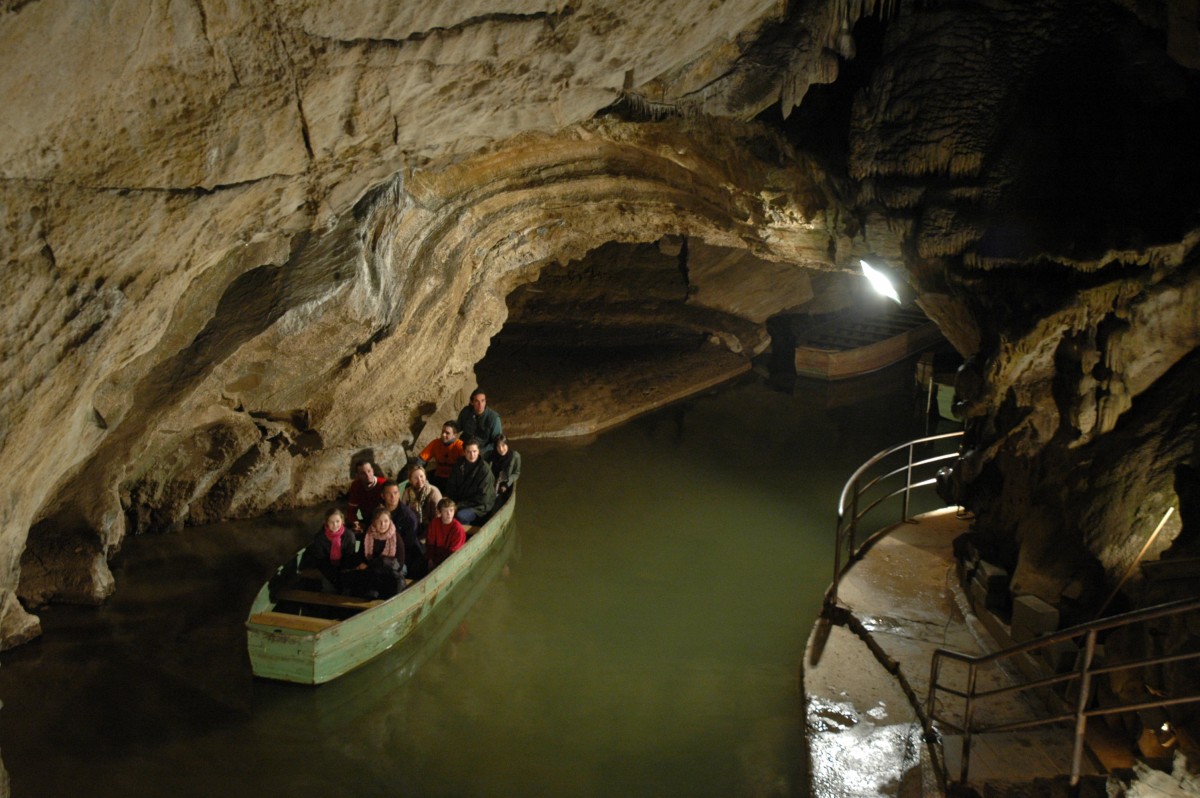
The longest uninterrupted underground river in the world, Rubicon, runs through the Remouchamps caves in Aywaille, Liège province. Palaeolithic hunters lived here as long as 10,000 years ago, evidenced by the presence of human tools, but now the caves are home to shellfish, frogs and bats. The tour (available in English) starts on foot with a return trip by boat, and visitors are guided through the geological and mineralogical tales behind the White Lady rock formation, the chalk Great Curtain and the 40m high Cathedral Room.
Excavated in the early 90s by an amateur group of Belgian archaeologists called The Diggers, the Yorkshire trench and dugout in Ypres have been restored and are free to visit all year round. Since 1997, archaeologists have found constructions, unexploded ammunition and the remains of 205 soldiers in the area. The narrow, claustrophobic trench was originally dug by the British in 1915, the dugout in 1917. Walking through it and reading the information panels gives an in-depth image of what trench warfare was like.
Antwerp sewers
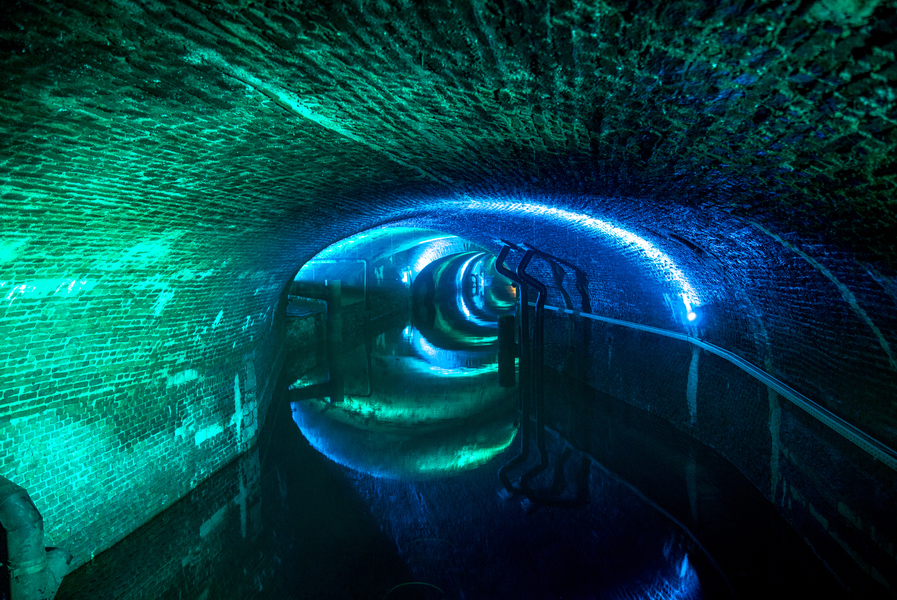
Under Antwerp’s surface lies an 8km network of waterways with a long and diverse history. They originated from the moat that surrounded the city walls in the 11th century. Later, ditches connected to the river were added to protect against flooding, and later still the waterways became an open sewage system. In 1866, nearly 3,000 people died in a cholera epidemic, leading to all the canals being covered. Above ground, it’s possible to tell if you’re standing above some of the underground waterways: many of the wider streets were built over them, and roads with the word ‘brugge’ (bridge) in the name are often above waterways. Visitor information from Antwerp’s tourist office.
Photo: Antwerp sewers © Antwerpen Toerisme & Congres
This article has been adapted from a story first published in an edition of The Bulletin's Best of Belgium magazine











